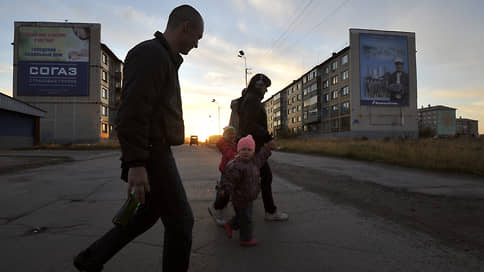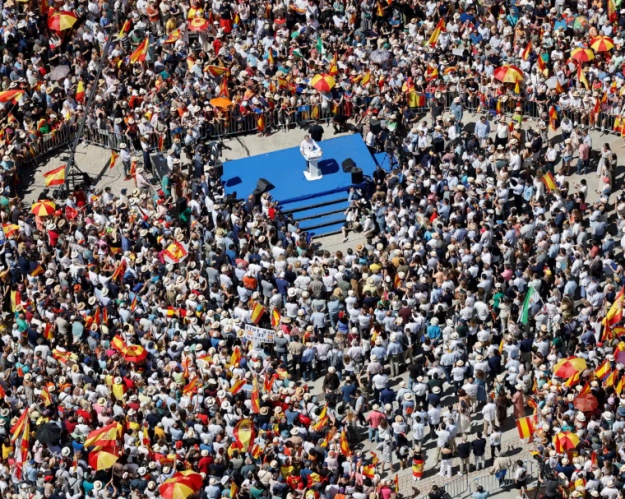In which cities and how many points

Over the past year, in some large Russian cities, for example, in Rostov-on-Don and Omsk, the number of stationery selling stores has decreased by almost a quarter. There was no consolidation in this sector of retail, and scattered players could not withstand competition with marketplaces. Through electronic sites only in May, stationery was sold by almost 70% more in annual terms.
In the whole Russia, by May 2025, the number of stores for the sale of office products decreased by 5% of the year, to 11.76 thousand points, the analysts of the Yandex Card service at the request of Kommersant. By this time, more than 630 specialized stores were closed throughout the country.
However, if we take specific cities, the reduction will be significant. So, in general, in all millionaire cities, the number of specialized stores decreased by 12.3% a year by the year. By mid -May 2025, in such cities of the country there are more than 2.4 thousand points of sales of stationery – this is 20% of the total number of specialized retail facilities in the country, Yandex Cards explain.
The most noticeable dynamics of closing stores for the sale of stationery is observed in Omsk (reduction by 26%, up to 160 points), Rostov-on-Don (by 24%, up to 107) and Nizhny Novgorod (by 20%, up to 128). IN Moscow and St. Petersburg The decrease amounted to 13%, respectively, up to 391 and 8%, up to 313, clarify in Yandex Cards (see the table more).
In August 2024, the risk of closing thousands of stores due to the competitive advantage of marketplaces was warned by the Association of the Chancellery Market (See “Kommersant” dated August 26, 2024). Then the market participants associated this with the possibility of online sites to reduce tax revenues due to agency agreements, as well as replace regular employees with self-employed.
Over the past two months, the total offline sales products have also decreased. According to the Fiscal Data Operator, Takska, in April-May 2025, the fall amounted to about 3% of the year by the year.
More than others, sales of notebooks (by 8.4%of the year), notebooks (by 5.8%) and the best -sold in the product segment (by 2.8%) year by the year have decreased.
At the same time, the average price for such products increased insignificantly – about 3%. In the retail network « Children’s World » explains that in traditional retail the growth in the turnover of stationery sales was noted in April: by 12.7% in kind, by 6.8% – in monetary. This is also due to the preparation of final exams in schools and universities.
Now stationery is actively sold on marketplaces, which also expected to reduce the number of specialized offline stores, confirms Boris Katz, head of the board of directors of the Leonardo specialized hypermarkets. So, according to the Moneyplace service (part of the Kontur ecosystem), the aggregate sales of stationery on the two largest marketplaces of the country from April 1 to May 26, 2025 amounted to 7.2 billion rubles, which is 51.3% more than a year by the year. In May alone, Sellers sold stationery for 3.6 billion rubles, which is 68.9% higher than during the same period of 2024, and over the past two months, the demand for such products increased by 70% year by the year, Ozon noted.
In the near future, on the marketplace, a peak of demand is expected in connection with the new school year.
The President of the Association of Electronic Trade Representatives Alexei Moskalenko notes that the advantage of marketplaces is associated with free delivery for buyers, which is covered at the expense of the commission. But this deprives the buyer of the opportunity to purchase something urgently, Boris Katz emphasizes. This will especially affect small settlements, where the penetration of the online rhythm is not yet high, he notes.
For several years, the expert believes, the number of stationery selling stores can be reduced by another third. Some of them, Mr. Katz notes, want to close, but so far they cannot because of outstanding debts. Another part plans to do this after the end of the peak season of sales – at the end of September.








